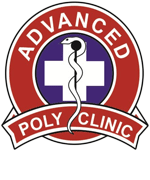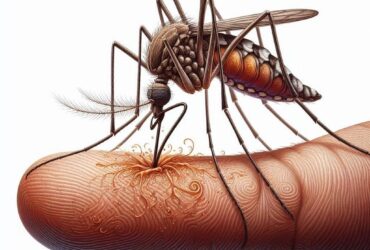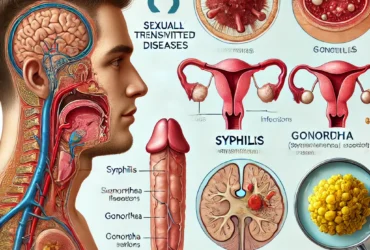Cervical cancer is a significant health concern in Nepal. As of 2020, the age-standardized incidence rate was approximately 16.4 per 100,000 women, with a mortality rate of 11.1 per 100,000 women. This translates to around 2,244 new cases and 1,493 deaths annually.
Persistent infection with high-risk types of human papillomavirus (HPV) is the primary cause of cervical cancer. HPV types 16 and 18 are responsible for about 70% of cervical cancer cases worldwide.
In Nepal, approximately 80.3% of invasive cervical cancers are attributed to HPV types 16 or 18.
While most HPV infections are transient and resolve spontaneously, persistent infection with high-risk HPV types can lead to the development of cervical cancer over several years.
Regular screening and HPV vaccination are effective strategies to prevent cervical cancer. Early detection through screening can identify precancerous changes, allowing for timely intervention. HPV vaccination can significantly reduce the risk of infection with the high-risk HPV types most commonly associated with cervical cancer.
In Nepal, efforts to implement cervical cancer prevention and screening programs are ongoing. However, challenges such as late-stage diagnosis and limited access to healthcare services contribute to higher mortality rates.
Enhancing public awareness, improving access to screening, and increasing HPV vaccination coverage are crucial steps toward reducing the burden of cervical cancer in Nepal.






